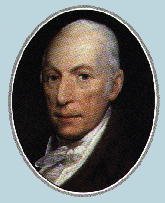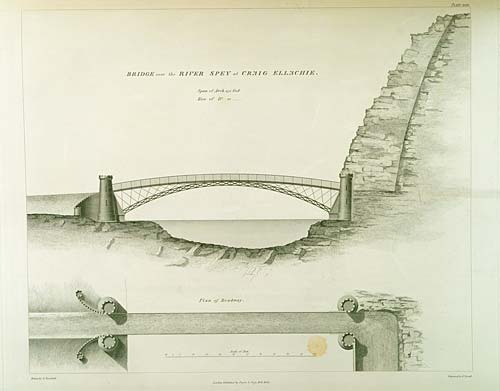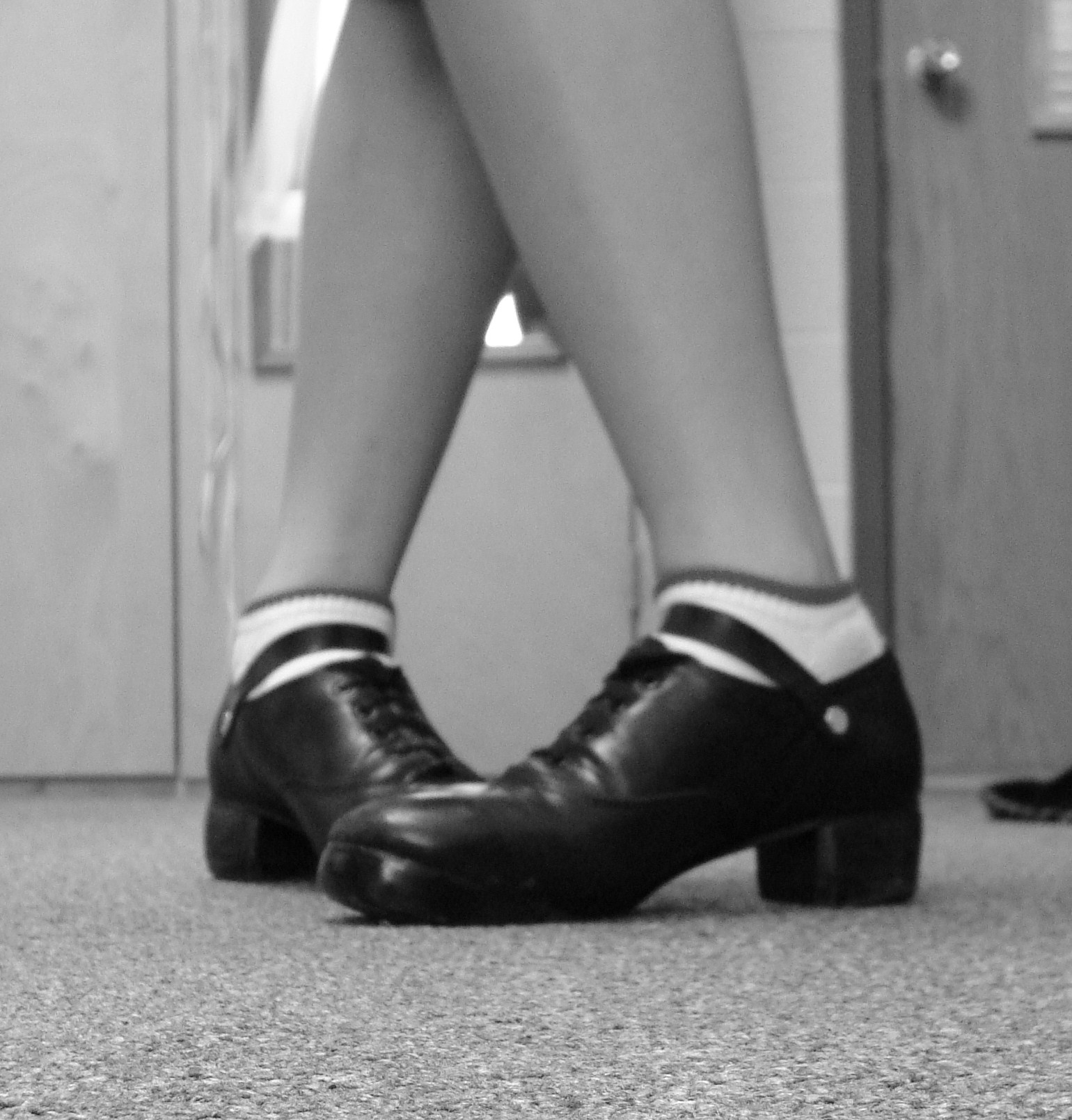|
William Marshall (Scottish Composer)
William Marshall (27 December 1748 – 29 May 1833) is regarded as one of the greatest composers of Scottish fiddle music. Marshall was born in Fochabers, Scotland. He entered the service of the Duke of Gordon, eventually becoming the Factor to the Gordon Estate. James Hunter's ''The Fiddle Music of Scotland'' credits Marshall with writing 257 tunes. Many of these compositions were named in honor of the Duke's guests. Robert Burns called him "the first composer of Strathspeys of the age". He was also a clock maker, he built both a water clock and an astronomical clock and both are still in existence today. Marshall died at Dandaleith on 29 May 1833 and was buried in Bellie Parish churchyard near Fochabers. Some of Marshall's best-known compositions are the strathspeys ''The Marchioness of Huntly'', ''The Marquis of Huntly's Farewell'', ''Craigellachie Brig'' (named after the Craigellachie Bridge), and ''Lady Madelina Sinclair''; the air ''The Nameless Lassie''; and the r ... [...More Info...] [...Related Items...] OR: [Wikipedia] [Google] [Baidu] |
William Marshall00a
William is a masculine given name of Norman French origin.Hanks, Hardcastle and Hodges, ''Oxford Dictionary of First Names'', Oxford University Press, 2nd edition, , p. 276. It became very popular in the English language after the Norman conquest of England in 1066,All Things William"Meaning & Origin of the Name"/ref> and remained so throughout the Middle Ages and into the modern era. It is sometimes abbreviated "Wm." Shortened familiar versions in English include Will, Wills, Willy, Willie, Liam, Bill, and Billy. A common Irish form is Liam. Scottish diminutives include Wull, Willie or Wullie (as in Oor Wullie or the play ''Douglas''). Female forms are Willa, Willemina, Wilma and Wilhelmina. Etymology William is related to the German given name ''Wilhelm''. Both ultimately descend from Proto-Germanic ''*Wiljahelmaz'', with a direct cognate also in the Old Norse name ''Vilhjalmr'' and a West Germanic borrowing into Medieval Latin ''Willelmus''. The Proto-Germanic name is a ... [...More Info...] [...Related Items...] OR: [Wikipedia] [Google] [Baidu] |
Fiddle
A fiddle is a bowed string musical instrument, most often a violin. It is a colloquial term for the violin, used by players in all genres, including classical music. Although in many cases violins and fiddles are essentially synonymous, the style of the music played may determine specific construction differences between fiddles and classical violins. For example, fiddles may optionally be set up with a bridge with a flatter arch to reduce the range of bow-arm motion needed for techniques such as the double shuffle, a form of bariolage involving rapid alternation between pairs of adjacent strings. To produce a "brighter" tone than the deep tones of gut or synthetic core strings, fiddlers often use steel strings. The fiddle is part of many traditional (folk) styles, which are typically aural traditions—taught " by ear" rather than via written music. Fiddling is the act of playing the fiddle, and fiddlers are musicians that play it. Among musical styles, fiddling tends to p ... [...More Info...] [...Related Items...] OR: [Wikipedia] [Google] [Baidu] |
Fochabers
Fochabers (; gd, Fachabair or Fothabair) is a village in the Parish of Bellie, in Moray, Scotland, east of the cathedral city of Elgin and located on the east bank of the River Spey. 1,728 people live in the village, which enjoys a rich musical and cultural history. The village is also home to Baxters, the family-run manufacturer of foodstuffs. The present village owes its existence to Alexander Gordon, 4th Duke of Gordon (1743–1827). During the late-eighteenth century, during the Scottish Enlightenment, it was fashionable for landowners to found new towns and villages; these can be recognised all over Scotland, because unlike their predecessors they all have straight, wide streets in mainly rectangular layouts, a central square, and the houses built with their main elevations parallel to the street. The tenants benefited from more spacious homes, and the Duke, it has to be said, benefited from not having the ''hoi polloi'' living in hovels right on the doorstep of Gordo ... [...More Info...] [...Related Items...] OR: [Wikipedia] [Google] [Baidu] |
Scotland
Scotland (, ) is a country that is part of the United Kingdom. Covering the northern third of the island of Great Britain, mainland Scotland has a border with England to the southeast and is otherwise surrounded by the Atlantic Ocean to the north and west, the North Sea to the northeast and east, and the Irish Sea to the south. It also contains more than 790 islands, principally in the archipelagos of the Hebrides and the Northern Isles. Most of the population, including the capital Edinburgh, is concentrated in the Central Belt—the plain between the Scottish Highlands and the Southern Uplands—in the Scottish Lowlands. Scotland is divided into 32 administrative subdivisions or local authorities, known as council areas. Glasgow City is the largest council area in terms of population, with Highland being the largest in terms of area. Limited self-governing power, covering matters such as education, social services and roads and transportation, is devolved from the Scott ... [...More Info...] [...Related Items...] OR: [Wikipedia] [Google] [Baidu] |
Alexander Gordon, 4th Duke Of Gordon
Alexander Gordon, 4th Duke of Gordon, KT (18 June 1743 – 17 June 1827), styled Marquess of Huntly until 1752, was a Scottish nobleman, described by Kaimes as the "greatest subject in Britain", and was also known as the Cock o' the North, the traditional epithet attached to the chief of the Gordon clan. Early life Alexander Gordon was born at Gordon Castle, Fochabers, on 18 June 1743, the eldest son of Cosmo Gordon, 3rd Duke of Gordon, and his wife, Lady Catherine Gordon, daughter of the 2nd Earl of Aberdeen. He was educated at Eton and also possibly at Harrow. He succeeded as 4th Duke of Gordon in 1752. His younger brother was Lord George Gordon, who incited the Gordon riots. He was elected as a Scottish representative peer in 1767. In 1778 the government allocated funds to raise three fencible regiments in 'North Britain', one of which was the 'Gordon Fencibles' or North Fencibles' raised by Gordon for the Anglo-French War 1778-83, this was disbanded in 1783. He was appoint ... [...More Info...] [...Related Items...] OR: [Wikipedia] [Google] [Baidu] |
Robert Burns
Robert Burns (25 January 175921 July 1796), also known familiarly as Rabbie Burns, was a Scottish poet and lyricist. He is widely regarded as the national poet of Scotland and is celebrated worldwide. He is the best known of the poets who have written in the Scots language, although much of his writing is in a "light Scots dialect" of English, accessible to an audience beyond Scotland. He also wrote in standard English, and in these writings his political or civil commentary is often at its bluntest. He is regarded as a pioneer of the Romantic movement, and after his death he became a great source of inspiration to the founders of both liberalism and socialism, and a cultural icon in Scotland and among the Scottish diaspora around the world. Celebration of his life and work became almost a national charismatic cult during the 19th and 20th centuries, and his influence has long been strong on Scottish literature. In 2009 he was chosen as the greatest Scot by the Scottish pub ... [...More Info...] [...Related Items...] OR: [Wikipedia] [Google] [Baidu] |
Bellie
Bellie is a locality in Moray, Scotland. Little survives of the old parish church at Bellie, located 2 miles north of Fochabers, although its Kirkyard, graveyard is preserved. There is a Bellie Kirk in Fochabers, which replaced the old church in 1798. There are up to two possible Roman camps at Bellie. Either of these sites, if accepted as a Roman camp, would constitute the most northerly example known, being 10 miles north-west of the known camps at Auchinhove and Muiryfold. Possible Roman sites The first site is known as Romancamp Gate, and lies 100 metres to the north-east of the old church of Bellie, with a cliff to the north-west that lies on the east bank of the River Spey. The site was recorded by the antiquarian George Chalmers (antiquarian), George Chalmers in 1799 as "the remains of the Roman encampment overlooking the low ground by the river ... on plan nearly a rectangular parallelogram of 888' by 333', but the W and most of the N sides have been destroyed." In the ... [...More Info...] [...Related Items...] OR: [Wikipedia] [Google] [Baidu] |
Strathspey (dance)
A strathspey () is a type of dance tune in time, featuring dotted rhythms (both long-short and short-long "Scotch snaps"), which in traditional playing are generally somewhat exaggerated rhythmically. Examples of strathspeys are the songs "The Bonnie Banks o' Loch Lomond" and "Coming Through the Rye" (which is based on an older tune called "The Miller's Daughter"). Strathspeys may be played anywhere from 108 beats per minute for Highland dance up to 160 beats per minute for step dance). Traditionally, a strathspey will be followed by a reel, which is in with even eighth-notes, as a release of the rhythmic tension created during the strathspey. It has been hypothesized that strathspeys mimic the rhythms of Scottish Gaelic song. Among traditional musicians, strathspeys are occasionally transmitted as canntaireachd, a style of singing in which various syllables are used to vocalize traditional bagpipe embellishments. The dance is named after the Strathspey region of Scotland, in ... [...More Info...] [...Related Items...] OR: [Wikipedia] [Google] [Baidu] |
Craigellachie Bridge
Craigellachie Bridge is a cast iron arch bridge across the River Spey at Craigellachie, Moray, Craigellachie, near to the village of Aberlour in Moray, Scotland. It was designed by the renowned civil engineer Thomas Telford and built from 1812 to 1814. It is a Category A listed structure. Construction The bridge has a single Span (architecture), span of approximately and was revolutionary for its time, in that it used an extremely slender arch which was not possible using traditional masonry construction. The ironwork was cast at the Plas Kynaston iron foundry at Cefn Mawr, near Ruabon in Denbighshire (historic), Denbighshire by William Hazledine, who cast a number of Telford bridges. The ironwork was transported from the foundry through the Ellesmere Canal and Pontcysyllte Aqueduct then by sea to Speymouth, where it was loaded onto wagons and taken to the site. Testing in the 1960s revealed that the cast-iron had an unusually high tensile strength. This was probably specified b ... [...More Info...] [...Related Items...] OR: [Wikipedia] [Google] [Baidu] |
Reel (dance)
The reel is a folk dance type as well as the accompanying dance tune type. Of Scottish origin, reels are also an important part of the repertoire of the fiddle traditions of the British Isles and North America. In Scottish country dancing, the reel is one of the four traditional dances, the others being the jig, the strathspey and the waltz, and is also the name of a dance figure (see below). In Irish dance, a reel is any dance danced to music in ''reel time'' (see below). In Irish stepdance, the reel is danced in soft shoes and is one of the first dances taught to students. There is also a treble reel, danced in hard shoes to reel music. History The reel is indigenous to Scotland. The earliest reference was in a trial of 1590, where the accused was reported to have "daunced this reill or short dance." However, the form may go back to the Middle Ages. The name may be cognate with or relate to an Old Norse form, with Suio-Gothic '' rulla'', meaning "to whirl." This became Anglo ... [...More Info...] [...Related Items...] OR: [Wikipedia] [Google] [Baidu] |
Scottish Baroque Music
Classical music in Scotland is all art music in the Western European classical tradition, between its introduction in the eighteenth century until the present day. The development of a distinct tradition of art music in Scotland was limited by the impact of the Scottish Reformation on ecclesiastical music from the sixteenth century. Concerts, largely composed of "Scottish airs", developed in the seventeenth century and classical instruments were introduced to the country. Music in Edinburgh prospered through the patronage of figures including the merchant Sir John Clerk of Penicuik. The Italian style of classical music was probably first brought to Scotland by the cellist and composer Lorenzo Bocchi, who travelled to Scotland in the 1720s. The Musical Society of Edinburgh was incorporated in 1728. Several Italian musicians were active in the capital in this period and there are several known Scottish composers in the classical style, including Thomas Erskine, 6th Earl of Kellie, th ... [...More Info...] [...Related Items...] OR: [Wikipedia] [Google] [Baidu] |
1748 Births
Events January–March * January 12 – Ahmad Shah Durrani captures Lahore. * January 27 – A fire at the prison and barracks at Kinsale, in Ireland, kills 54 of the prisoners of war housed there. An estimated 500 prisoners are safely conducted to another prison."Fires, Great", in ''The Insurance Cyclopeadia: Being an Historical Treasury of Events and Circumstances Connected with the Origin and Progress of Insurance'', Cornelius Walford, ed. (C. and E. Layton, 1876) p51 * February 7 – The San Gabriel mission project begins with the founding of the first Roman Catholic missions further northward in the Viceroyalty of New Spain, in what is now central Texas. On orders of the Viceroy, Juan Francisco de Güemes, Friar Mariano Marti establish the San Francisco Xavier mission at a location on the San Gabriel River in what is now Milam County. The mission, located northeast of the future site of Austin, Texas, is attacked by 60 Apache Indians on May ... [...More Info...] [...Related Items...] OR: [Wikipedia] [Google] [Baidu] |







